How to Play & Master Seventh Chords: Easy Guitar Lesson for Beginners
Author: Wanda Waterman
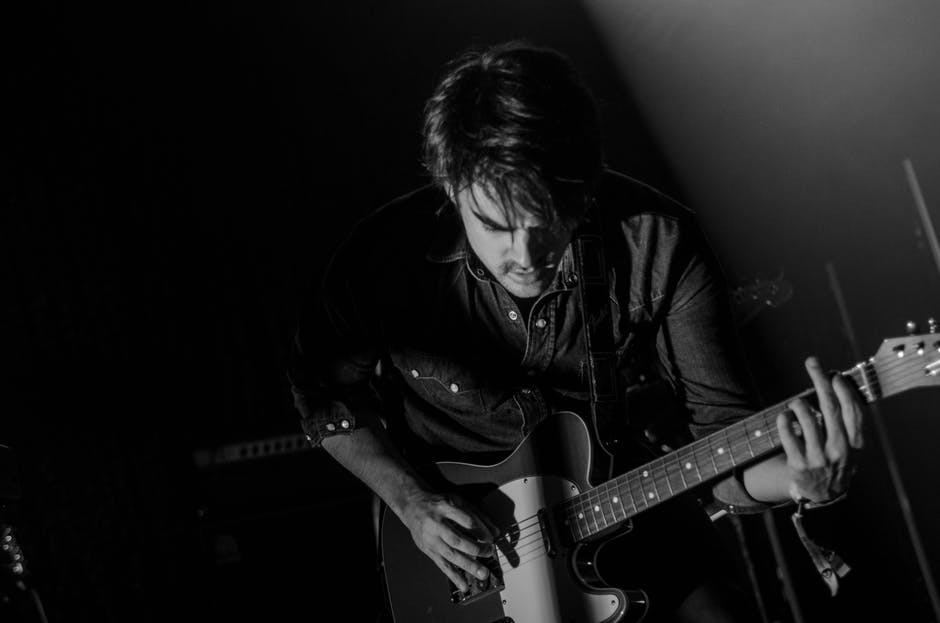
Find out everything you need to know about Seventh Chords: What are 7th Chords? How are they formed? What makes them the 7th Chord? And, where and how you can use them.
Table of Contents
Why Do They Call it a Seventh Chord, Anyway?
Okay, first of all, when we say “seventh chord” we’re not talking about the seventh chord of the scale but rather a chord that has the seventh note of its own scale added to it. Most seventh chords are called “dominant sevenths” because they’re built on the fifth, or dominant chord of the scale. If you don’t already know the names of each chord’s position (called scale degrees) in the scale, here they are:
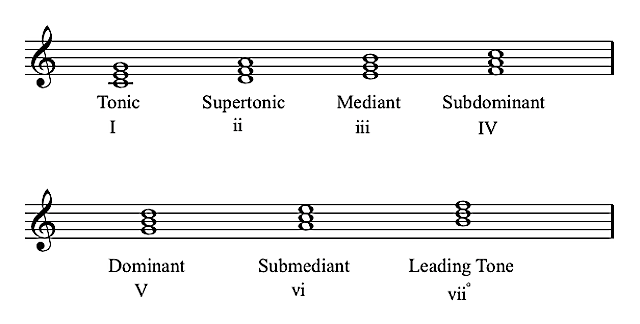
As you may have noticed in your guitar studies so far, every chord has to have a name. If you go to your guitar right now and use your left hand to hold down a few strings in random places, that chord will have a name. That name might be something like “C#13dim9sus6” and no one might ever want to play it, but rest assured that it will be nameable.

In the case of seventh chords, they’re called that because in addition to the basic triad— the first, third, and fifth notes in the chord’s key— we add the seventh note of the same key. Typically this is on the fifth chord of the key you’re playing in. For example, in the key of C, the fifth chord, G, would be a G7. In the key of C minor, it would be Gm7.
“As early composers noticed when they used the seventh note as an ornament, this note destabilizes the dominant triad, making it sound slightly dissonant . . . “
Okay, here’s where it gets a little tricky: The seventh note that you add to the triad is always minor (flattened a half-tone). This is because it bears the key signature not of the key of that chord but of the tonic of the key five degrees below it, the key to which it resolves. If you can understand this, you’re beginning to understand the circle of fifths— the fact that every chord resolves (or leads musically too) the chord five degrees below it.
For example, in C7 the seventh note is Bb, not B as it would be in the key of C. This is because C7 would normally be played as the fifth (dominant) chord of the key of F, and in the key of F, B is flat.
G7 adds an F, not a F# as in the key of G because the key five degrees below G is C, a key in which F is natural.
In this way, we can see that chords are dependent on their contexts and not just stand-alone mavericks that make their own rules.
Leading Chords and Moving the Music Along
If you’ve been following this series, you’re probably fed up with hearing about how the fifth chord of a scale is a “leading” chord, i.e. a chord that if followed by the first chord of the key (the tonic) makes the V-I musical ending sound truly finished. You’ll also have read that when the seventh note is added to the fifth chord it actually makes the V-I chord progression sound even more finished.
How does this work? As early composers noticed when they used the seventh note as an ornament, this note destabilises the dominant triad, making it sound slightly dissonant. When the ear encounters a dissonant sound it waits for sounds that are harmonious, which is why when the tonic chord comes along we feel relief. This process contributes to a sense that the music is moving along.
This dynamic makes the seventh chord a favourite of jazz composers and players, who use up seventh chords like the price is going up next week. Jazz movement isn’t just propelled by the bass and drums— the chords themselves are pushing it along, too!
I learned this lesson years ago while playing “Ain’t Misbehavin'” on the guitar with a small amateur jazz band. At one point the pianist, a professional, stopped and asked me why I was playing such basic chord progressions. When I told her that that was what the sheet music was telling me to play, she gave me a lesson in chording, showing me how to resolve musical phrases by playing the seventh chord at every beat in the last two bars (a short circle of fifths). The improvement in the sound was positively thrilling.
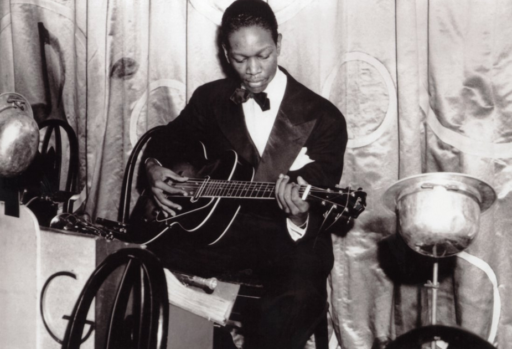
Sure all that’s fine, you’re wondering, but are they hard to play? The answer is yes and no. Sometimes turning a simple V chord into a V7 chord means adding a finger, but sometimes it means taking a finger away.
For example, with the A chord, you can turn it into a seventh by adding your pinky finger to the third fret of the first string to add a G. Or you can simply “free up” a G by removing your finger from the third string, second fret. Both chord shapes can give you a seventh chord, but which one you choose will depend on the kind of sound you want for the tune you’re playing.
Some Seventh Chord Positions on the Guitar
If any of this is sinking in, be proud; you’re gaining knowledge in music theory. Studying music theory will make you a better musician and keep you from feeling dumb when other musicians talk shop.
If you’d like to look at all this from another perspective, our blog has a helpful set of music theory articles to get you going in the right direction. And if you want to better understand seventh chords and how to use them, check out this article on our blog. And for more information on chord progressions, read this article series.)
Seventh chords are among a guitar player’s best tools. Keep them sharp and use them often!
And if you haven’t downloaded the Uberchord app yet, here are five great reasons why you should!



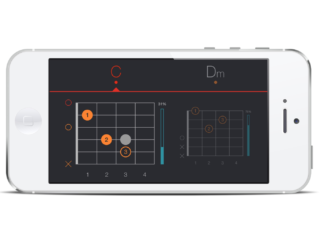
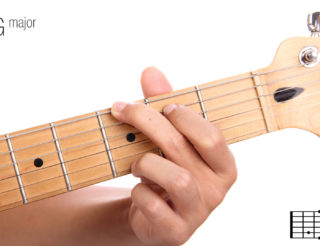
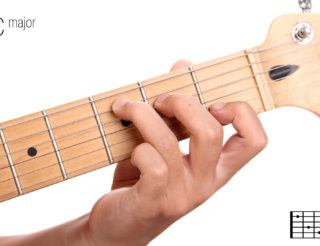


No comments yet - be the first.